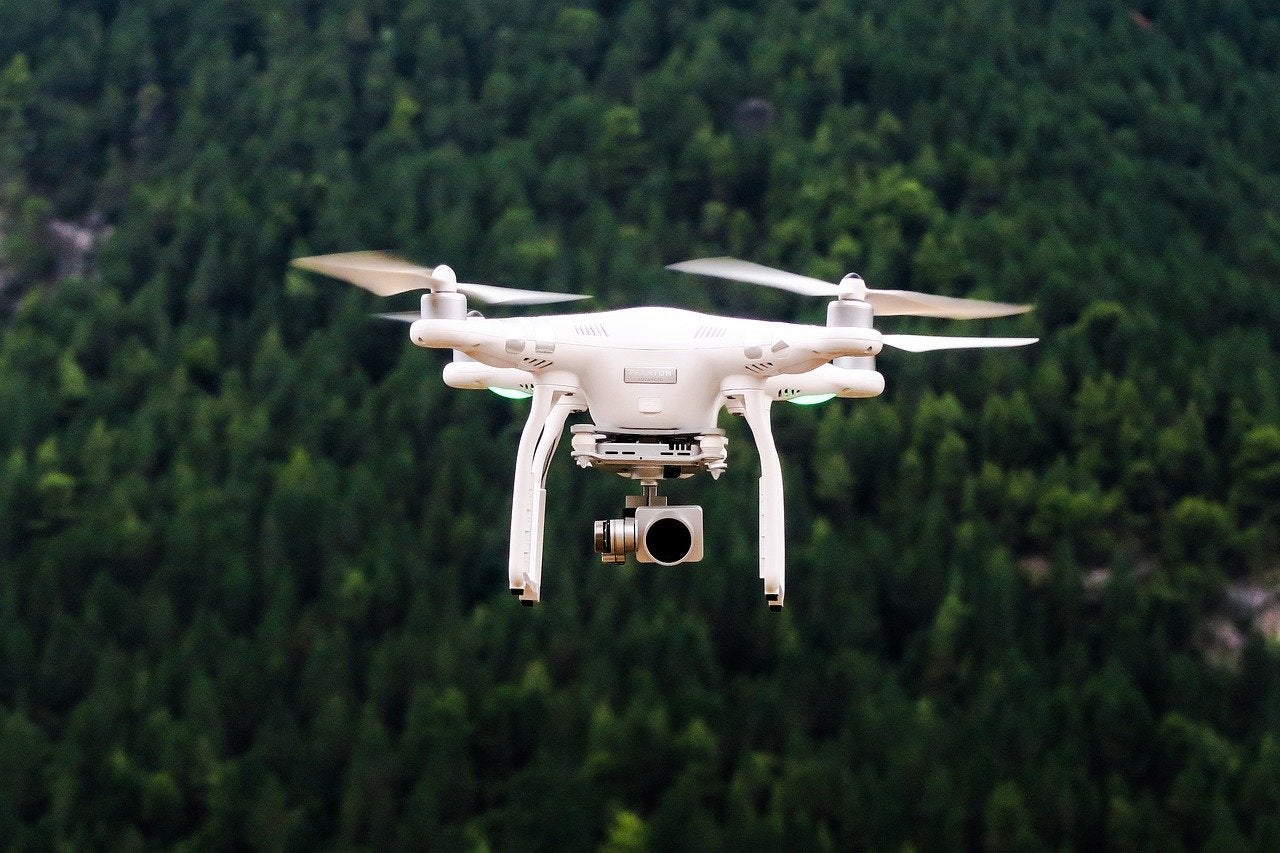
Christmas was ruined for thousands of passengers in 2018 when hundreds of flights were cancelled and disrupted when Gatwick Airport was shut down for two days because of unconfirmed reports that several drones were sighted flying nearby.
The repercussions of the incident were massive: the army and police had to be deployed in an operation that, according to the Guardian, cost £800,000 and remains open.
Industry experts reckon the price paid by the London hub airport and the airlines was even more severe. With 1,000 flights cancelled and 140,000 passengers left on the ground, airlines reportedly lost £50m.
The Gatwick drone incident was not an isolated occurrence. Last year there were drone-related incidents in airports around Europe – including one at Madrid Barajas in February and another at Frankfurt Airport a month later, which caused airport traffic to come briefly to a halt.
As the used of unmanned aerial vehicles (UAVs) will become the norm in the future, should aviation see drones as a threat or is there a regulated way for them to coexist in the global air space?
Drones: a threat for aviation?
According to Dr Steve Wright, associate professor of aerospace engineering at the University of the West of England, the Gatwick Airport incident was the first time the public perceived drones as a threat.
“Up until then, people were aware of UAVs’ being a potential threat a but a very local one, such as landing in somebody’s garden,” he says. “But this was the first time that the public became aware that drones could actually bring the whole aviation system to a temporary halt.”
The industry, on the other hand, was already aware of the threat drones pose to aviation. “The biggest problem for people trying to maintain safety is not necessarily criminal or terrorist actions,” explains Wright. “It’s quite simply people who are careless, ‘the clueless and the careless’ so to speak.
“And although they are a very small proportion of flyers, the thing that can cause more security and safety risks is not people who malignly try to create an attack but those who are just having an accident because insufficiently trained.”
So why can be drones so dangerous to aviation and the global air space? Wright explains that drones are a double-edged sword because, if on the one hand they are unlikely to bring an aeroplane down during a mid-air collision, they are also very small and hard to see for pilots.
Another issue is that drones are now being produced in huge numbers and at very low cost, increasingly becoming a consumer grade electronic system. “In other words, the very thing that makes them cheap is that they tend to be a lot less complicated and reliable than their conventional aerospace counterparts,” Wright explains.
“In the world of drones there are two types of reliability, the first is that the drone suddenly cuts out and falls to the floor, presenting a danger for the people underneath it.
“That is not the big danger we have with drones, the big danger is what we call a flyaway where the aircraft suddenly takes into its head to fly off into the horizon, and that could easily be your airport’s controlled airspace.”
EASA and the challenges in regulating them
To help airports and aviation operators manage the risk of drone incidents, the European Union Aviation Safety Agency (EASA) published a manual at the beginning of March, named Drone Incident Management at Aerodromes.
The manual aims to teach operators to distinguish between accidental drone sightings and those that aim to disrupt operations.
“The root problem here is that these activities are unauthorised, and therefore by definition take place in ignorance or avoidance of the rules that have been defined for safe drone operations,” said EASA Executive Director Patrick Ky in a statement.
“Our aim is to offer guidance and best practice advice to help aerodrome operators to prepare for such incidents and take the right steps when they occur.”
Regulating drones is not an easy task, because the industry is not just replacing or improving already tested capabilities but it’s introducing new ones from scratch, and working on new legislation.
“Airspace is a very complex situation where the crucial point is the interaction between the airspace and the vehicles,” Wright comments. “We have introduced this brand new capability which gives us all these wonderful capabilities but at the same time introduces potential complications and considerations that most of us don’t even know the extent of.”
Drones and aircraft: a future of coexistence or competition?
Drone development is just getting started and a peaceful coexistence between UAVs and regular aviation is already in the works, especially as regards unmanned traffic control (UTC).
“In principle it’s just problems of engineering, in terms of scaling up these UTC to manage and track these hundreds of systems at once,” Wright explains.
Debates within the community have already arisen, especially as regards ADSBs – transmitter protocols that aircrafts have to carry to signal their position.
“The big question now is whether legislations should be introduced to force drones to carry transmitters as well,” he adds. “This is a really interesting example of what the questions are to make all these vehicles coexist peacefully together.
“As you can see, there’s a clear roadmap but it’s going to take a lot of time and money to follow it.



